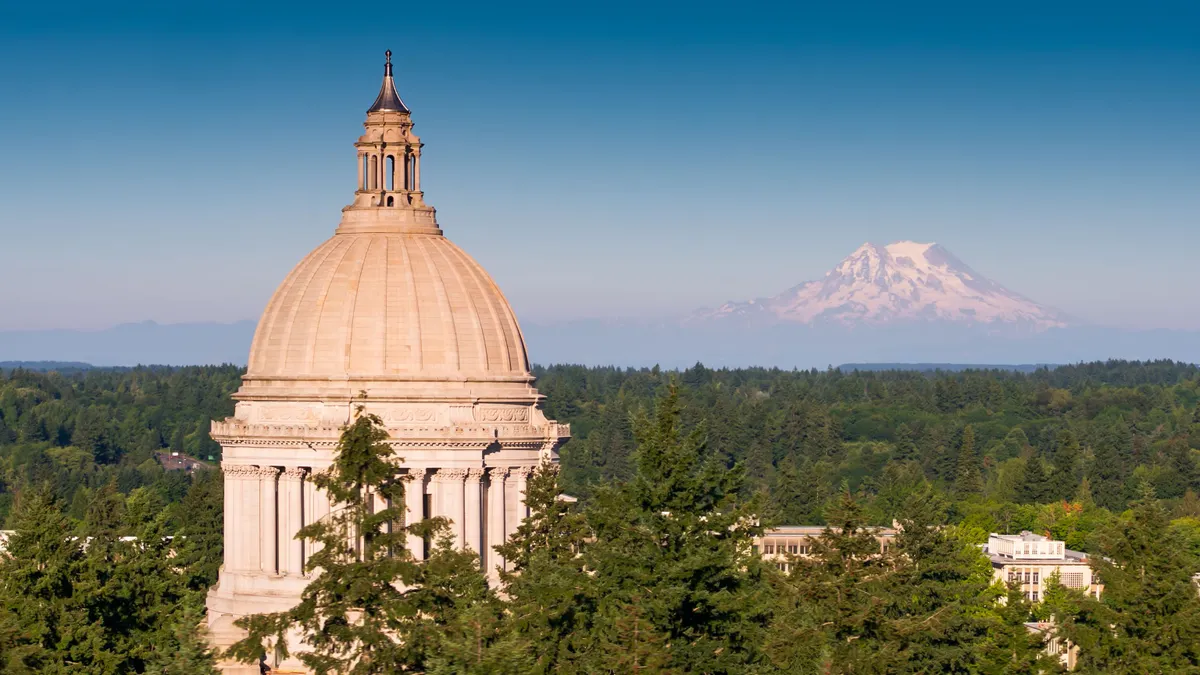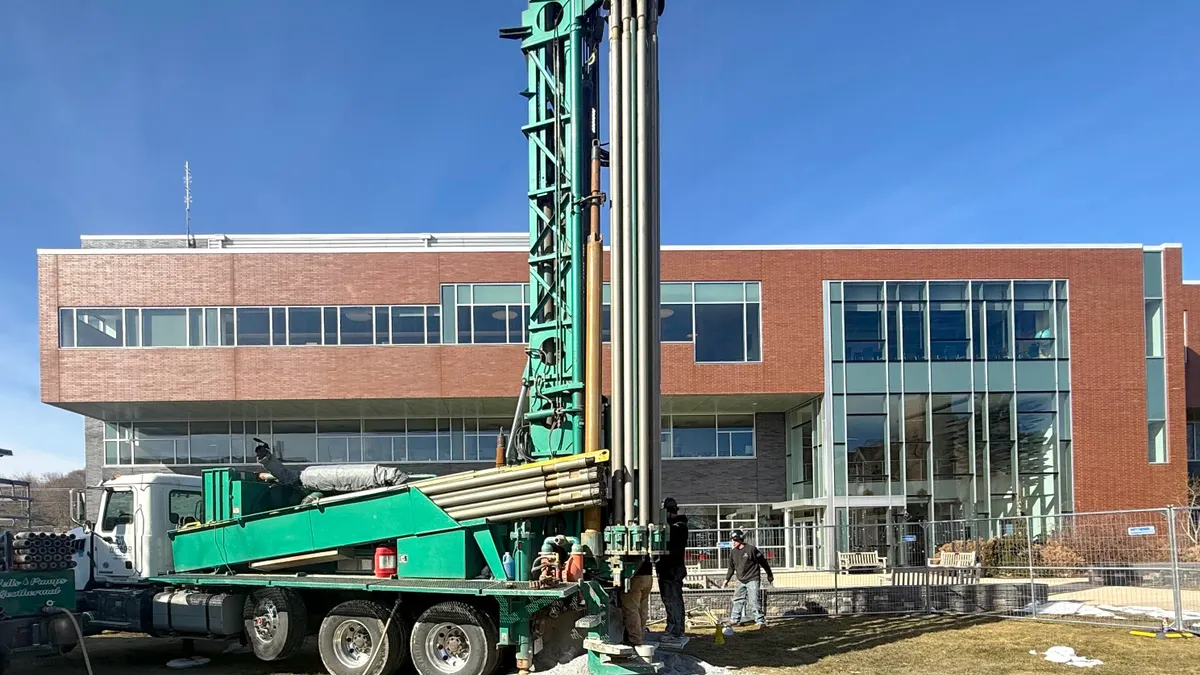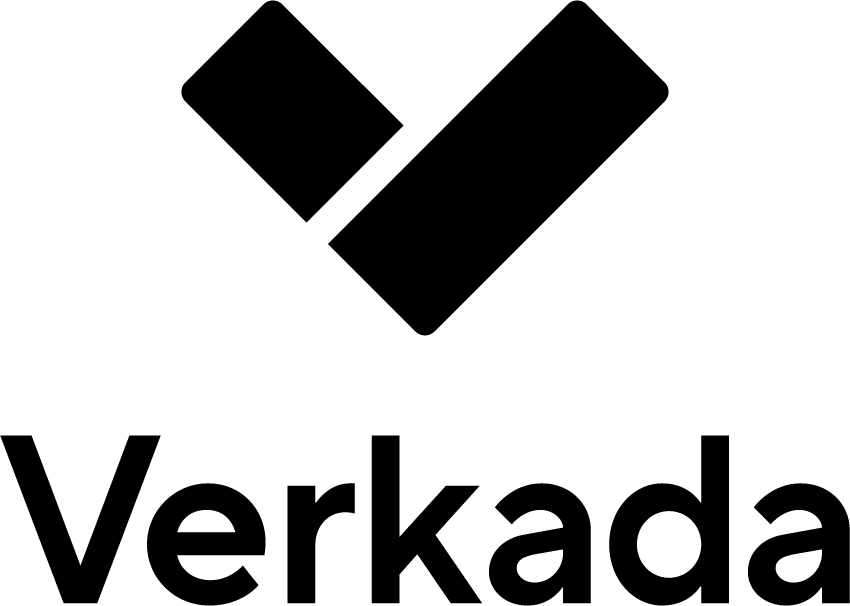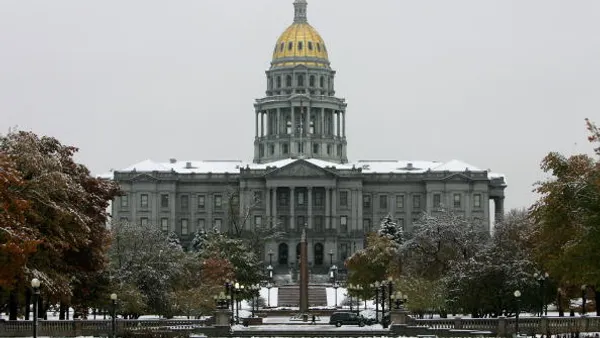Dive Brief:
- States committed to reducing commercial building emissions must take matters into their own hands as emission-reduction deadlines come into view and uncertainty continues to swirl around federal support for decarbonization, the Clean Energy Transition Institute and 2050 Institute said this month.
- In a pair of detailed reports for Washington state building owners, policymakers and other stakeholders, the Seattle-based think tanks recommended expanding and clarifying existing building performance standards, subsidizing deployment of heat pumps and other technologies, and setting aside “clean energy regions” as scalable testbeds for building decarbonization.
- These investments can overcome obstacles to large-scale building decarbonization, such as high upfront costs and financing barriers for lower-carbon technologies, high administrative burdens around existing decarbonization incentives and “complexity and friction” across the building ecosystem, the organizations said.
Dive Insight:
The twin reports by CETI and 2050 Institute lay out a credible path to achieve Washington state’s mandate for a 95% reduction in building emissions by 2050.
Though Washington has yet to back this high-level target with a comprehensive regulatory pathway for decarbonization, owners of the state’s biggest commercial buildings will need to comply with its Clean Building Performance Standard framework beginning next year, CETI and the 2050 Institute said.
CPBS requires nonresidential “Tier 1” and residential “Tier 2” buildings to measure and track energy use, implement a compliant operations and maintenance program and create an energy management plan. Tier 1 buildings must also either meet an energy use intensity target or conduct an energy audit and implement all cost-effective efficiency measures, the Washington State Department of Commerce says.
CBPS requirements kick in for Tier 1 buildings larger than 220,000 square feet in June 2026. They will apply to Tier 1 buildings larger than 90,000 feet and Tier 2 buildings larger than 20,000 square feet beginning in June 2027, with Tier 1 buildings larger than 50,000 square feet required to begin reporting in June 2028.
Commercial buildings account for about 17% of natural gas use and 33% of electricity use in Washington state, CETI and the 2050 Institute said in a benchmarking report released this month. At the current pace, the retrofits necessary to substantially decarbonize the state’s commercial building stock won’t be completed until 2075, they said.
That is 25 years after the state’s 2050 target date, but much sooner than the retrofit pace for residential buildings, which the organizations said won’t be substantially decarbonized until the year 2325.
Factors slowing building decarbonization in Washington state include “complexity and friction” across the building sector, high upfront costs and financing barriers for building owners, poorly-aligned and inadequately-financed state policies and programs, and an “incremental-change approach” that burdens building owners without significantly changing the status quo, CETI and the 2050 Institute said.
That last barrier is critical to overcome given mechanical appliances’ long service lives. To fully decarbonize building space and water heating across the state by 2050, Washington building owners “must steadily shift the market to a 100% replacement [cycle] by 2030,” they said.
In other words, from 2030 onward, building owners would need to replace every end-of-life fossil fuel appliance with an electric alternative.
To reach that lofty goal, CETI and the 2050 Institute said state and local policymakers should work with the building sector on five decarbonization strategies:
- Developing a broad framework that positions Washington buildings as a resource for the electric grid, sets performance targets for all building types and advances low-cost solutions for smaller residential and commercial buildings;
- Accelerating investment in supply chains and workforce development to lower the upfront and lifecycle costs of zero-emission equipment toward parity with fossil fuel equipment and ensure adequate installation capacity;
- Creating dedicated state funding streams to support building decarbonization at scale while hedging against federal funding uncertainty;
- Developing a decarbonization roadmap that aligns state, regional and utility planning timelines for deployment of zero-emissions building systems, demand response programs and distributed energy installations; and
- Identifying “clean energy regions” across the state to increase local capacity for decarbonization and scale strategies that could prove effective across larger areas.
Identifying new funding sources, increasing alignment between regional and utility energy planning and state and local climate planning, and implementing a regional approach can help the state to reduce reliance on federal funding, drive alignment across policies and programs, and streamline clean building implementation, CETI and the 2050 Institute said.












